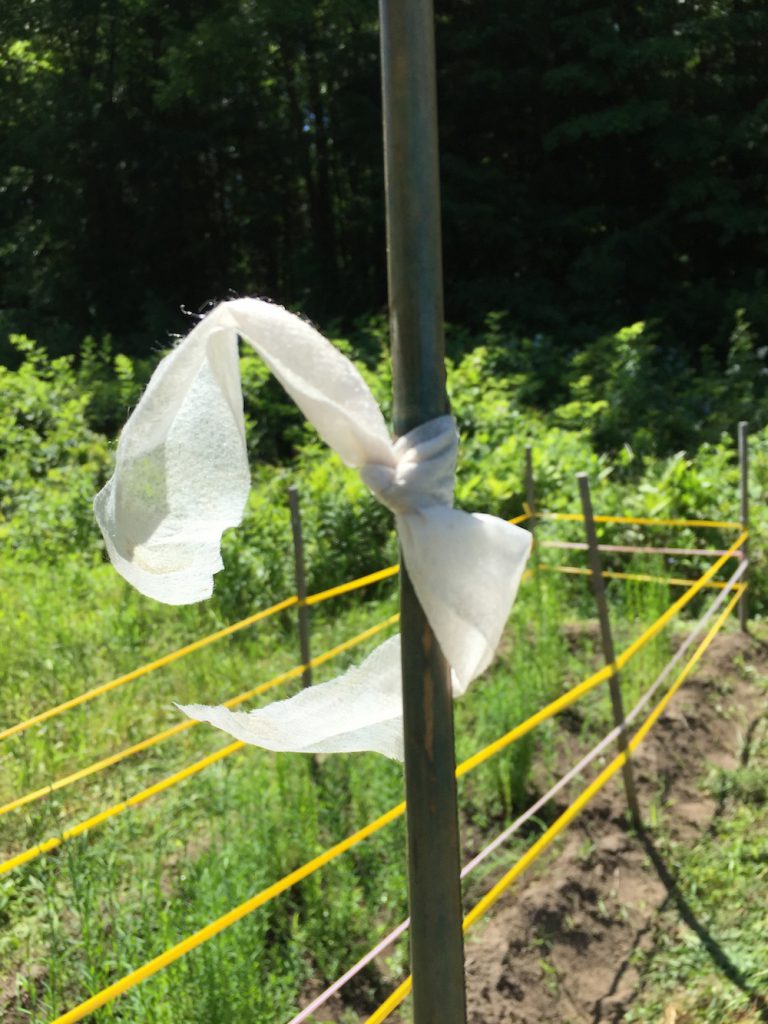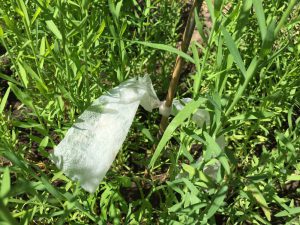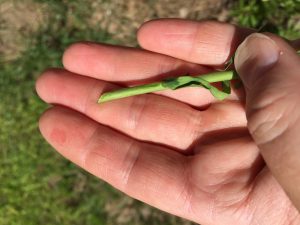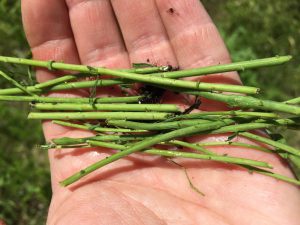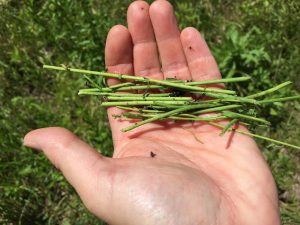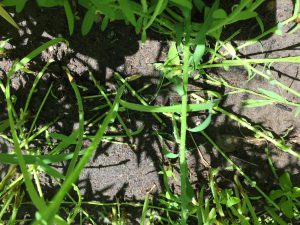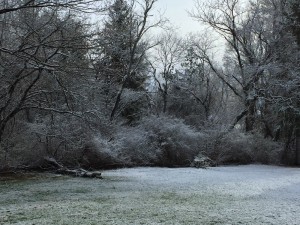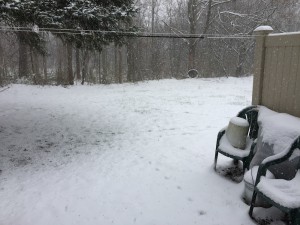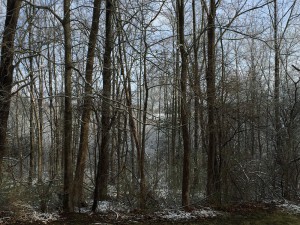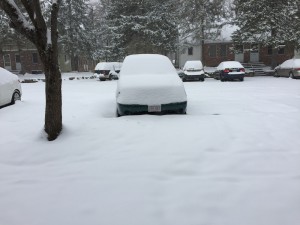“What’s a bloody L, Mummy?” This is a direct quote of myself as a young child–or perhaps one of my sisters, because sometimes those memories are blurry. The backstory here is that I grew up in London in the 1970s. A family friend used the phrase “bloody hell” to express exasperation and dismay, which translated through his accent and my young ears to “bloody ‘ell”. Was it the letter L that had somehow become bloody, and if so how? Was it bad? Why? And why would you bring it up in conversation if it was so bad? Parsing grown-up-speak isn’t easy.
Now I will get to the point: blood is what my blog post is about. And also my feelings about it, as expressed by this old-fashioned swear. Exasperation, dismay, despair. An existential questioning… What am I doing? I can’t believe I’m doing this. Is it doing any good? Continue reading “Bloody ‘ell!”


